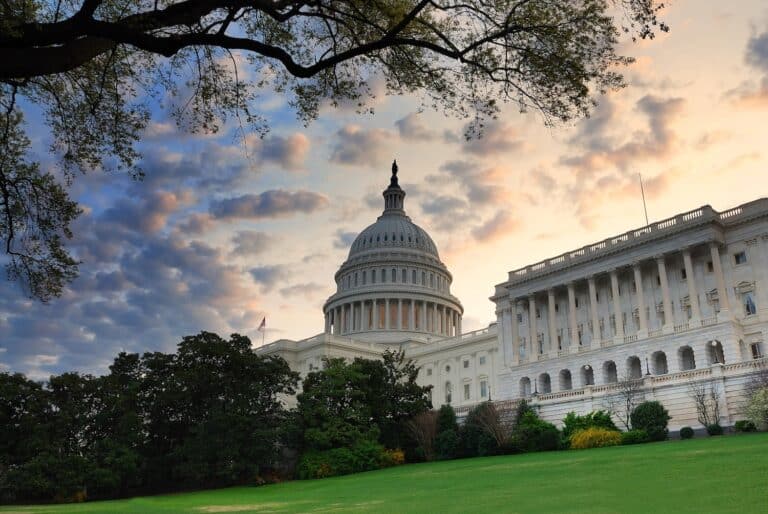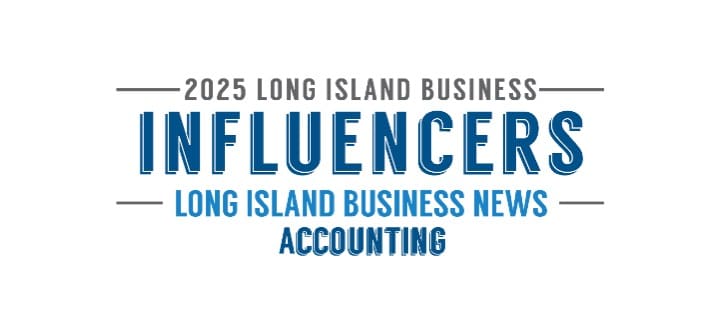New COVID-19 Guidance Issued by OSHA
On May 26, 2020, The Occupational Safety and Health Administration (OSHA) updated its previous memorandum on the Interim Enforcement Response Plan for Coronavirus Disease 2019 (COVID-19) for employers. The two new pieces of legislation provide instructions and guidance to Area Offices and compliance safety and health officers (CSHOs) for handling COVID-19-related complaints, referrals, and severe illness reports.
The first piece of new legislation is regarding the recording of COVID-19 cases and the other is regarding plans for onsite inspections. These regulations vary throughout the United States and are dependent on the spread of the virus and its increasing or decreasing number of cases.
According to OSHA, employers must record a case IF the employee’s illness is diagnosed as COVID-19 as defined by the Center for Disease Control and Prevention (CDC).
To help employers determine how or where the illness was contracted, OSHA has provided a guide and said COVID-19 illnesses are likely work related if:
- Multiple cases develop among those who work closely together and there is no alternative explanation.
- An employee contracts the illness shortly after “lengthy and close” exposure to a customer or coworker who has a confirmed case of COVID-19 and there is no alternative explanation.
- Job duties include frequent, close exposure to the general public in a locality with ongoing community transmission and there is no alternative explanation.
Cases of COVID-19 are likely not work related if:
- An employee is the only employee in the work area to contract the illness and does not have frequent contact with the general public.
- An employee, outside the workplace, has frequent and close contact with someone who has COVID-19 and that person is not a coworker and likely exposed the employee while infectious.
The OSHA.gov website also provides the following information regarding this guidance:
- Prior to any inspection related to COVID-19, each AD should evaluate the potential risk level of exposure to SARS-CoV-2 at the workplace and prioritize his or her resources. When the AD determines an on-site inspection is warranted, in light of this Updated Interim Enforcement Response Plan, CSHOs must carefully evaluate potential hazards and limit any possible exposure(s). Throughout their engagement with facilities treating a significant number of COVID-19 patients, CSHOs should take care to avoid interference with the provision of ongoing medical services and critical work efforts.
- Whenever CSHOs identify a workplace with potential exposure to SARS-CoV-2—and determine that an inspection is warranted under this Updated Interim Enforcement Response Plan—they should immediately coordinate with their supervisors and regional office, and, if necessary, contact the Office of Occupational Medicine and Nursing (OOMN). OOMN may then serve as a liaison with relevant public health authorities and can facilitate Medical Access Orders (MAOs) to obtain worker medical records from employers and healthcare providers.
- CSHOs who believe they may have had an exposure to SARS-CoV-2 during an inspection must report the potential exposure to their supervisor and/or AD.
- COVID-19 inspections will be treated as novel cases. The Directorate of Enforcement Programs (DEP) must be notified of all proposed citations and federal agency notices that relate to a COVID-19 exposure. State Plan designees should report any COVID-19 inspections to their Regional Office.
- All activity, specifically enforcement and compliance assistance, must be appropriately coded to allow for tracking and program review. This includes COVID-19 activity, which should continue to be coded in the OSHA Information System (OIS) with the specific code: N-16-COVID-19.
In areas of the United States where the spread of COVID-19 has decreased, OSHA will return to its pre-pandemic inspection policy but it will continue to prioritize coronavirus cases by using phone, fax and rapid response inspections where appropriate; and will ensure that inspectors take all safety precautions when dealing with COVID-19 cases. In areas still experiencing high levels of COVID-19 cases, OSHA will continue to prioritize high-risk workplaces for onsite inspections.
The Interim Enforcement Response Plan will remain in effect until further notice, but is intended to be time-limited to the current COVID-19 public health crisis.
For more information about this new legislation and how it will affect your business, contact Michael Ceschini at Ceschini CPAs.
For a more detailed description of OSHA guidance on the Interim Enforcement Response Plan for Coronavirus Disease 2019 (COVID-19) logon to OSHA’s website.






